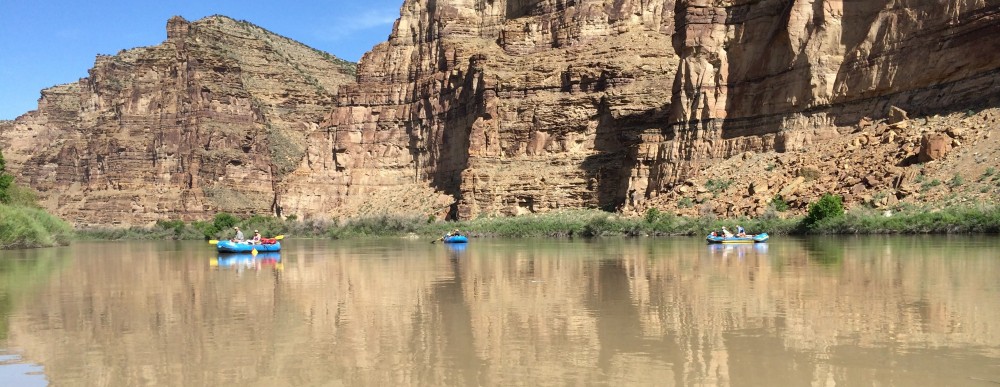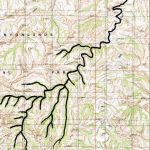 The world’s an ever-so slightly better place now because our WIS crew removed an attractive nuisance from the Needleton Trailhead at the Silverton Narrowguage Railroad stop.
The world’s an ever-so slightly better place now because our WIS crew removed an attractive nuisance from the Needleton Trailhead at the Silverton Narrowguage Railroad stop.
This outhouse was probably installed in the 50’s when Needleton town site with it’s few remaining cabins was less of a popular train stop than it is now with almost 10,000 backpackers disembarking at this remote trailhead.
 The Weminuche Wilderness area wasn’t designated until 1975 an the Needleton town site is still an “in holding” within the 488,210 acre Wilderness, meaning it’s still privately owned. Of course the Silverton Narrowguage has it’s right-of-way thru the wilderness as well it’s possible to breech the Wilderness restrictions of “Only primitive forms of travel – foot travel and stock animals – are allowed in Wilderness. This includes motor vehicles, bicycles, wagons, hang gliders, carts and any type of motorized equipment, including chainsaws”. So the wheelbarrow in the photo was legal just on that tiny parcel at the outhouse and train stop. We brought all our tools in the narrow-gauge train boxcar.
The Weminuche Wilderness area wasn’t designated until 1975 an the Needleton town site is still an “in holding” within the 488,210 acre Wilderness, meaning it’s still privately owned. Of course the Silverton Narrowguage has it’s right-of-way thru the wilderness as well it’s possible to breech the Wilderness restrictions of “Only primitive forms of travel – foot travel and stock animals – are allowed in Wilderness. This includes motor vehicles, bicycles, wagons, hang gliders, carts and any type of motorized equipment, including chainsaws”. So the wheelbarrow in the photo was legal just on that tiny parcel at the outhouse and train stop. We brought all our tools in the narrow-gauge train boxcar.

Our plan was to de-construct the outhouse in order to preserve the barnwood exterior and possible sell it to someone to benefit the San Juan Mountain Association, however once we took a few boards off we were more certain of it’s provenance and little value. Nevertheless, we still had to pack out the entire structure so we kept the lumber in as much original state as possible. Tipping it over, proved expeditious to it’s disassembly.

 It only took 50 minutes for us to have it apart and another 45 minutes to pull all the nails. After we broke up the concrete base we burned the shingles and scrap wood in the 4 foot iron base. Then we filled the holes and adjacent depressions with the broken up concrete and numerous wheelbarrows of rock, before we set to “naturalizing” the site.
It only took 50 minutes for us to have it apart and another 45 minutes to pull all the nails. After we broke up the concrete base we burned the shingles and scrap wood in the 4 foot iron base. Then we filled the holes and adjacent depressions with the broken up concrete and numerous wheelbarrows of rock, before we set to “naturalizing” the site.
 This process took us five times the amount of work, because we had to find a source of easily transportable dirt, not to mention rocks, plants, duff and gravel to give the mound a unobtrusive natural look.
This process took us five times the amount of work, because we had to find a source of easily transportable dirt, not to mention rocks, plants, duff and gravel to give the mound a unobtrusive natural look.
We camped up river overnight and came back the next day to finish off the project and ended up removing three large fire rings and naturalizing them at the same time.
 If you’ve read this far, it’s worth showing at couple more photos since this started out with removing 4 large trash bags of trash that had been thrown down the seat. And what the load all bundled and bagged up looked like for the baggage car home. It was fitting that we took on this project during the 50th anniversary of the Wilderness Act.
If you’ve read this far, it’s worth showing at couple more photos since this started out with removing 4 large trash bags of trash that had been thrown down the seat. And what the load all bundled and bagged up looked like for the baggage car home. It was fitting that we took on this project during the 50th anniversary of the Wilderness Act.
The crew was pretty satisfied with the results.










































 Great trip, 11 people on 6 boats for six days. Actually, the best trip I’ve ever had down the Green River thru Desolation & Gray Canyons because the heat and bugs weren’t an issue this time of year. Forecast was for perfect warm weather, but high winds and night rains struck us several afternoons during our dinner gatherings. Fortunately all the boaters were experienced and well-enough equipped to handle
Great trip, 11 people on 6 boats for six days. Actually, the best trip I’ve ever had down the Green River thru Desolation & Gray Canyons because the heat and bugs weren’t an issue this time of year. Forecast was for perfect warm weather, but high winds and night rains struck us several afternoons during our dinner gatherings. Fortunately all the boaters were experienced and well-enough equipped to handle 




















 Not sure how many readers are familiar with the Ancient Puebloan concept of the Sipapu, so I’ll let you know it “
Not sure how many readers are familiar with the Ancient Puebloan concept of the Sipapu, so I’ll let you know it “














